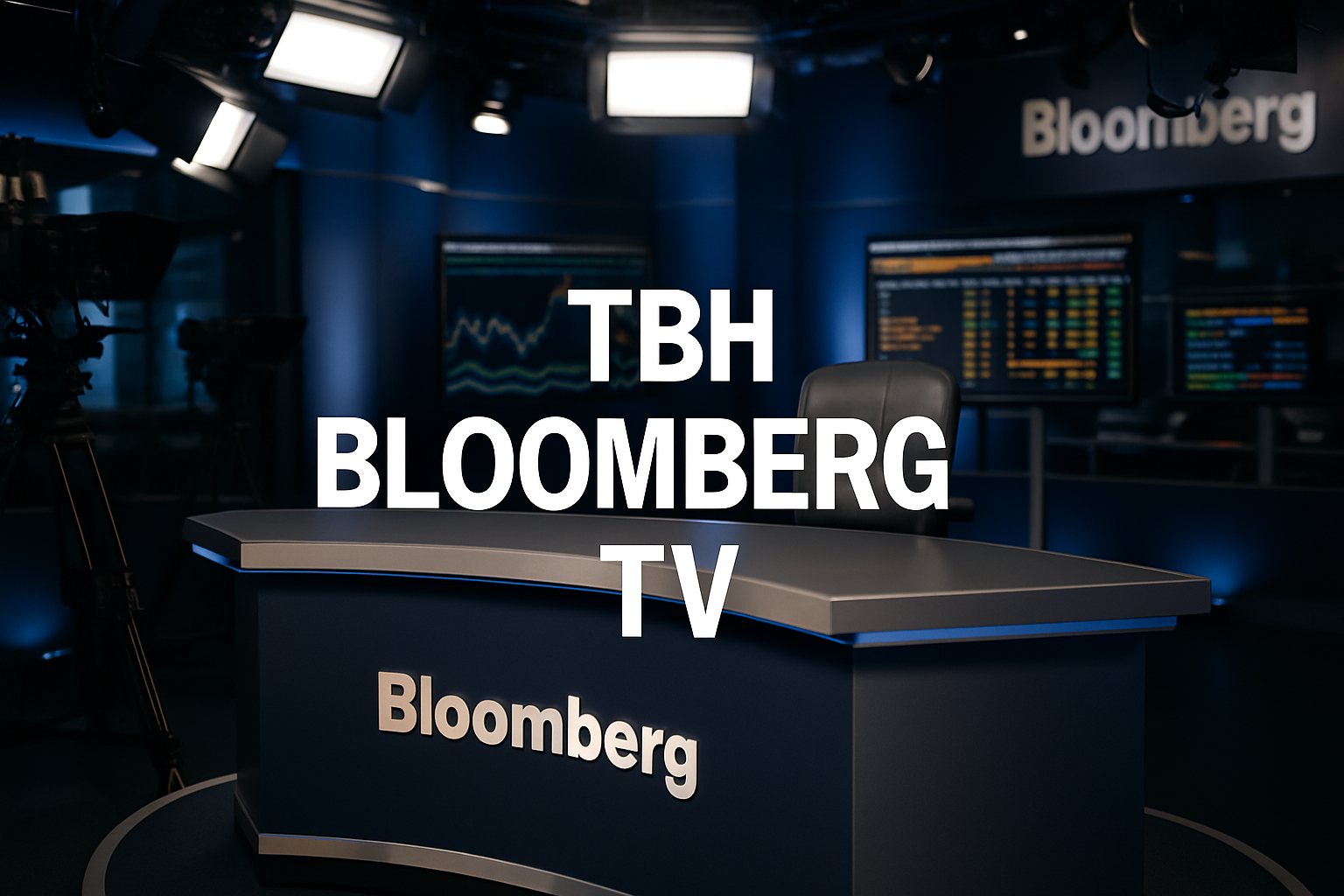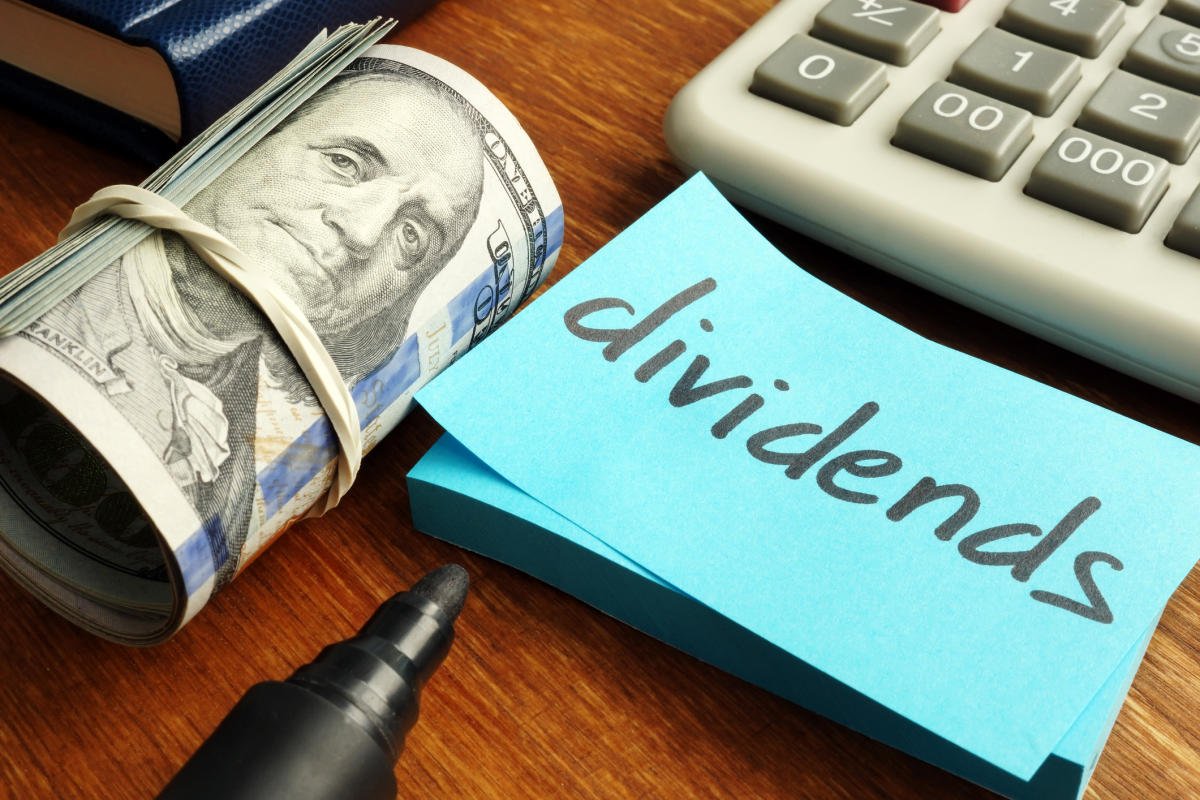Stocks were hovering near unchanged Monday afternoon as investors digested news that a major ratings agency had downgraded its assessment of U.S. federal government debt.
The benchmark S&P 500 index, which came into the day on a five-session winning streak, was down 0.1% recently. The tech-heavy Nasdaq Composite slipped 0.2%, while the Dow Jones Industrial Average rose 0.2%, as each of the major indexes were well above their early-session lows. Stocks posted big gains last week for the third time in the past four weeks amid a return of risk appetite, as concerns about global trade tensions and their potential impact on the economy have moderated.
After markets closed on Friday, Moody’s Ratings announced that it had cut its rating on U.S. debt, citing “persistent, large fiscal deficits” that show no signs of slowing. The downgrade, which puts the U.S. rating one notch below the top tier, comes as lawmakers weigh a budget that would extend significant tax cuts and boost spending for years.
The yield on the 10-year Treasury note, which affects borrowing costs on all sorts of consumer and business loans, was at 4.48% recently, up from 4.44% at Friday’s close but down from 4.56% earlier Monday, its highest intraday level in more than a month. The rise in yields reflects selling in government debt, as yields move in the opposite direction of prices.
Shares of the world’s largest technology companies, which have paced the recent rally, were mostly lower. Tesla (TSLA) tumbled 3%, after shares of the EV maker gained 17% last week, while Apple (AAPL) dropped about 2% today. Nvidia (NVDA) and Amazon (AMZN), Alphabet (GOOG) and Meta Platforms (META) were also losing ground, while Microsoft (MSFT) and Broadcom (AVGO) both inched higher.
Among other noteworthy tech movers, shares of AI analytics software provider Palantir (PLTR) fell nearly 3%, while chip designer Advanced Micro Devices (AMD) and server maker Super Micro Computer (SMCI) were each down more than 2%.
Strategy (MSTR), the world’s largest corporate holder of bitcoin that until recently was known as MicroStrategy, was up about 2.5% as the price of the digital currency surged. Bitcoin was at $105,300 recently, up from an earlier low of $102,100.
The U.S. dollar index, which measures the performance of the dollar against a basket of foreign currencies, was down 0.6% at 100.50 in recent trading.
Gold futures were up 1.4% at $3,230 an ounce, as some investors turned to the traditional safe haven amid the downturn in equities. West Texas Intermediate futures, the U.S. crude oil benchmark, rose 0.2% to $62.60 per barrel.
What Analysts Think of Home Depot, Lowe’s Ahead of Earnings
4 minutes ago
Home Depot (HD) and rival Lowe’s (LOW) are scheduled to report quarterly financial results on Tuesday and Wednesday, respectively, with analysts largely bullish on both home improvement retailers’ stocks.
Of the 13 analysts covering Home Depot tracked by Visible Alpha, 11 have issued “buy” or equivalent ratings, while two have neutral ratings. Meanwhile, 10 out of 15 analysts covering Lowe’s call it a “buy,” with five “hold” ratings. The mean price targets for both stocks—at $436 for Home Depot and $270 for Lowe’s—would suggest roughly 15% upside from Friday’s closing levels.
First-quarter sales for Home Depot are expected to rise 8% year-over-year to $39.26 billion, while Lowe’s revenue is projected to drop 2% to $20.95 billion. Adjusted earnings per share are expected to decline for both retailers—to $3.56 and $2.87, respectively.
Ahead of the reports, analysts from UBS said that while they are not “expecting any real earth-shattering news” from the first-quarter results, they like the stocks for several reasons. The analysts pointed to relatively stable demand despite tariff uncertainty, with room for improvement later this year if the housing market turns around.
Morgan Stanley analysts echoed the comments, and called the retailers “high quality bellwethers.” They expect both retailers to hold their previous full-year forecasts steady, but noted that they could introduce broader ranges to reflect the uncertainty, as some other companies have done this earnings season.
JPMorgan analysts recently trimmed their price targets for Home Depot and Lowe’s to $410 and $263, respectively, from $470 and $300 previously. They lowered their comparable sales projections for the first quarter as the analysts said they believe tariff-fueled uncertainty “is having an effect on bigger ticket spending,” a category Lowe’s and Home Depot struggled with last year as squeezed consumers avoided big purchases.
TradingView
Home Depot shares were down slightly at around $380 in mid-afternoon trading Monday, while Lowe’s shares inched higher to about $235.
Wall Street Largely Shake Off Credit Rating Downgrade Worries
1 hr 29 min ago
U.S. stocks pared early losses Monday as investors largely shook off concerns about the U.S. government’s growing debt problem.
Monday morning’s dip came after Moody’s Ratings on Friday downgraded U.S. debt to AA1 from AAA, the highest possible rating. Moody’s is the last of the major credit agencies to lower its rating of U.S. Treasurys; Standard and Poor’s and Fitch did so in 2011 and 2023, respectively.
Moody’s cited “persistent, large fiscal deficits” for its downgrade. “We do not believe that material multi-year reductions in mandatory spending and deficits will result from current fiscal proposals under consideration,” the agency wrote, referring to the tax and spending bill making its way through Congress. The U.S.’s financial health is likely to deteriorate as the government’s debt and interest burden increase.
“The Moody’s downgrade of US debt doesn’t tell investors anything they don’t already know about the US’s fiscal woes,” wrote Bank of America analysts in a note on Monday. BofA analysts don’t expect the downgrade to have much of a direct impact on the Treasury market since it won’t exclude U.S. debt from major fixed-income indexes.
Oppenheimer analysts on Monday also noted the downgrade was unlikely to sting either the Treasury or stock market. Earlier downgrades from S&P and Fitch stirred up angst on Wall Street, but ultimately didn’t cause material damage to debt markets due to America’s “depth and breadth in accountability as well as comparative high levels of transparency in governance.”
Oppenheimer analysts remain optimistic about the stock market’s outlook, and note “any near-term retracement on nervousness around the rating downgrade may be overstated.” They recommend “looking for ‘babies that get thrown out with the bathwater’ rather than broadly ‘buying the dips,’” considering elevated uncertainty.
JPMorgan Downgrades Netflix Stock to Neutral
2 hr 39 min ago
JPMorgan downgraded Netflix (NFLX) shares to “neutral” from “overweight” Monday, citing a sharp run-up in the streaming giant’s shares.
However, analysts Doug Anmuth and Bryan M. Smilek also raised their price target on Netflix shares to $1,220 from $1,150, while noting that the stock was “less compelling” following recent gains.
“To be clear, there’s no change to our long-term bullish view on NFLX’s streaming leadership position & the company’s potential to effectively become global TV over time,” they wrote. “However, more near-term, following significant stock price appreciation & outperformance, we believe the risk/reward in NFLX shares is becoming more balanced.”
Netflix shares, which hit a record high last week, were down 0.5% at $1,185 in recent trading. The stock has gained 33% since the start of 2025.
The analysts said that Netflix shares currently trade at 39 times forecast 2026 earnings per share (on a GAAP basis) and may have already priced in the upside to its 2025 outlook.
They also noted that investors may rotate their holdings into other stocks that had been under pressure if worries about the economy and tariffs ease. They wrote, too, that the “summer months are seasonally slower” for Netflix and that “2Q is historically a tricky quarter” for the company due to that seasonality.
Walmart Slips as Trump Says Company Should ‘Eat Tariffs’
3 hr 42 min ago
Walmart (WMT) shares slumped in early trading Monday after President Donald Trump said the retailer should absorb the cost of tariffs rather than pass it on to customers by raising prices.
“Walmart should STOP trying to blame Tariffs as the reason for raising prices throughout the chain,” Trump said in a Saturday message on Truth Social. “Walmart made BILLIONS OF DOLLARS last year, far more than expected. Between Walmart and China they should, as is said, ‘EAT THE TARIFFS,’ and not charge valued customers ANYTHING. I’ll be watching, and so will your customers!!!”
Trump’s post came in response to Walmart CEO Doug McMillon warning that profits could fall this year depending on the direction of trade policy.
“Given the magnitude of the tariffs, even at the reduced levels announced this week, we aren’t able to absorb all the pressure given the reality of narrow retail margins,” McMillon said during the company’s earnings call Thursday, a transcript of which was made available by AlphaSense.
McMillon credited President Trump and Treasury Secretary Scott Bessent for “progress” on lowering tariffs after the U.S. and China agreed to roll back import taxes for a period of 90 days. “We will do our best to keep our prices as low as possible,” the CEO added.
TradingView
Walmart shares were down about 1% in recent trading. The stock is up about 8% since the start of the year, handily outpacing the performance of the S&P 500 over that period.
Watch These CoreWeave Levels After Last Week’s Huge Rally
4 hr 26 min ago
CoreWeave (CRWV) shares soared last week after the AI cloud provider posted a surge in quarterly revenue and disclosed that Nvidia (NVDA) has a higher stake in the company than investors had anticipated. The stock is moving higher again this morning.
CoreWeave, which went public in late March, reported Wednesday that first-quarter revenue grew over 400% year-over-year and said via a regulatory filing on Thursday that major partner Nvidia holds a 7% stake in the company, up from its pre-initial public offering holdings of roughly 5%. The company also said last week that it had agreed to a four-year deal with ChatGPT maker OpenAI worth up to $4 billion, adding to a nearly $12 billion commitment announced in March.
Through the close of trading Friday, CoreWeave shares had more than doubled from their $40 IPO price, boosted by last week’s news and investor appetite for up-and-coming generative AI plays that are scaling to meet the technology’s widespread demand. The stock was up about 1% at around $81 this morning, after gaining 56% last week.
CoreWeave shares forged a cup and handle pattern on the chart between late April and early May before breaking out above the formation’s top trendline last week.
Importantly, the move higher has occurred on above-average trading volume, indicating conviction from larger market participants behind the buying. Moreover, the relative strength index confirms bullish price momentum with an elevated reading, though the indicator fell below the overbought threshold on Friday, suggesting minor profit-taking ahead of the weekend.
The measuring principle projects an upside target in the shares of $96.90, about 20% above Friday’s closing price. Investors should watch key support levels on CoreWeave’s chart around $73 and $57.
Read the full technical analysis piece here.
S&P 500, Dow in Positive Territory for 2025
4 hr 55 min ago
While stocks are set to open lower on Monday, the major U.S. indexes have have posted big gains in three of the past four weeks as concerns about tariffs and the economy have subsided, at least temporarily.
Last week, the Dow Jones Industrial Average, S&P 500 and Nasdaq Composite each posted their biggest weekly gains since the week of April 7. The Dow added 3.4% last week, while the S&P 500 and tech-heavy Nasdaq jumped 5.3% and 7.2%, respectively.
With their recent gains, the S&P 500 and Dow nudged back into positive territory for 2025, while the Nasdaq remains down slightly
TradingView
Major Index Futures Point To Sharply Lower Open
5 hr 47 min ago
Futures tied to the Dow Jones Industrial Average were down 0.6%.
TradingView
S&P 500 futures were off 1.1%.
TradingView
Nasdaq 100 futures dropped 1.5%.
TradingView













